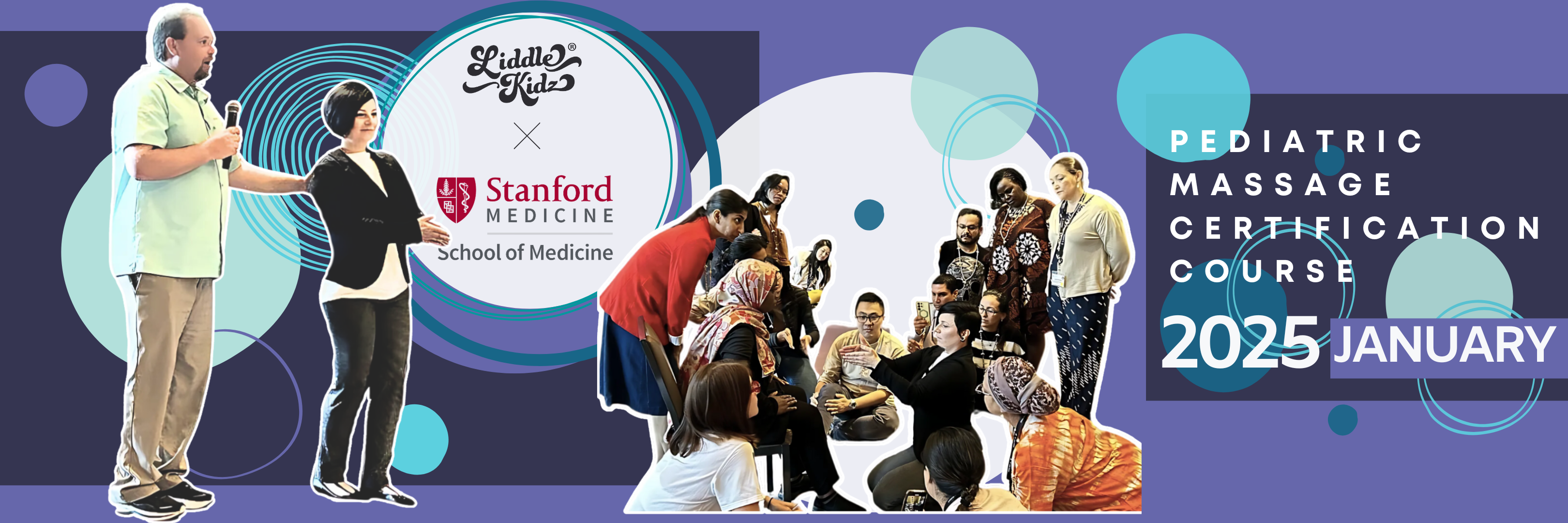Being a hospital-based pediatric massage therapist is an incredibly fulfilling profession, blending clinical expertise, compassionate care, and the ability to make a significant impact on children and their families. This unique role supports children in medical settings by addressing their physical, emotional, and psychological needs through safe and evidence-informed touch therapy.
What Does a Hospital-Based Pediatric Massage Therapist Do?
Pediatric massage therapists in hospital settings work collaboratively with healthcare teams to provide touch therapy for children of all ages. Their work often focuses on:
Reducing Pain and Anxiety: Massage therapy helps alleviate pain and discomfort caused by medical treatments or conditions. It also reduces stress and anxiety for children facing medical procedures or hospital stays.
Supporting Development: For infants in neonatal intensive care units (NICUs), massage can promote growth, improve sleep patterns, and enhance bonding with caregivers.
Improving Recovery: Massage therapy supports the body’s natural healing processes by improving circulation, reducing muscle tension, and fostering relaxation.
Specialized Care: Pediatric massage therapists are trained to adapt techniques for children with complex needs, such as trauma, cancer, autism spectrum disorders, or palliative care.
Key Skills and Qualifications | To excel in this role, hospital-based pediatric massage therapists must possess:
Comprehensive Training: Certification from a reputable program, such as the Liddle Kidz® Foundation, which offers evidence-informed courses in pediatric massage, including specialized training for hospital and medical settings.
Clinical Knowledge: Understanding pediatric conditions, medical protocols, and the needs of diverse patient populations.
Adaptability: The ability to modify techniques based on the child’s age, cognition, development, medical condition, and comfort level.
Communication Skills: Working collaboratively with medical staff, families, and caregivers to ensure the best outcomes for the child.
Cultural Sensitivity: Providing care that respects the cultural, emotional, and personal needs of each family.
The Benefits of Hospital-Based Pediatric Massage
The advantages of pediatric massage in hospitals extend beyond the immediate physical benefits for the child. These include:
Enhanced Family Support: Massage therapy can involve caregivers, helping them feel more empowered and connected to their child during a stressful time.
Integrated Care: By working alongside doctors, nurses, and other therapists, massage therapists contribute to a holistic approach to treatment.
Increased Emotional Well-Being: Therapeutic touch provides comfort, emotional support, and a sense of normalcy in the hospital environment.
How to Get Started
If you’re interested in becoming a hospital-based pediatric massage therapist, here are steps to help you begin:
Get Certified: Enroll in a comprehensive certification program offered by Liddle Kidz® Foundation. Their courses include hands-on training and virtual options designed for hospital-based practice and healthcare focused practice.
Gain Experience: Work with children in non-medical settings first to develop your skills.
Understand Hospital Protocols: Familiarize yourself with the policies and procedures in medical environments.
Why This Role Matters
Hospital-based pediatric massage therapists play a vital role in creating a more compassionate and holistic healthcare experience for children and families. They bring comfort, healing, and hope to children during some of the most challenging times of their lives.
Make an impact where it’s needed most—because every child deserves the healing power of touch.
Would you like to take part in an amazing, in-person, hospital based learning experience, while studying pediatric massage therapy and becoming certified?!
> JOIN US THIS JANUARY 2025 at STANFORD FOR CPMT® <
Click HERE to learn more & join us!

